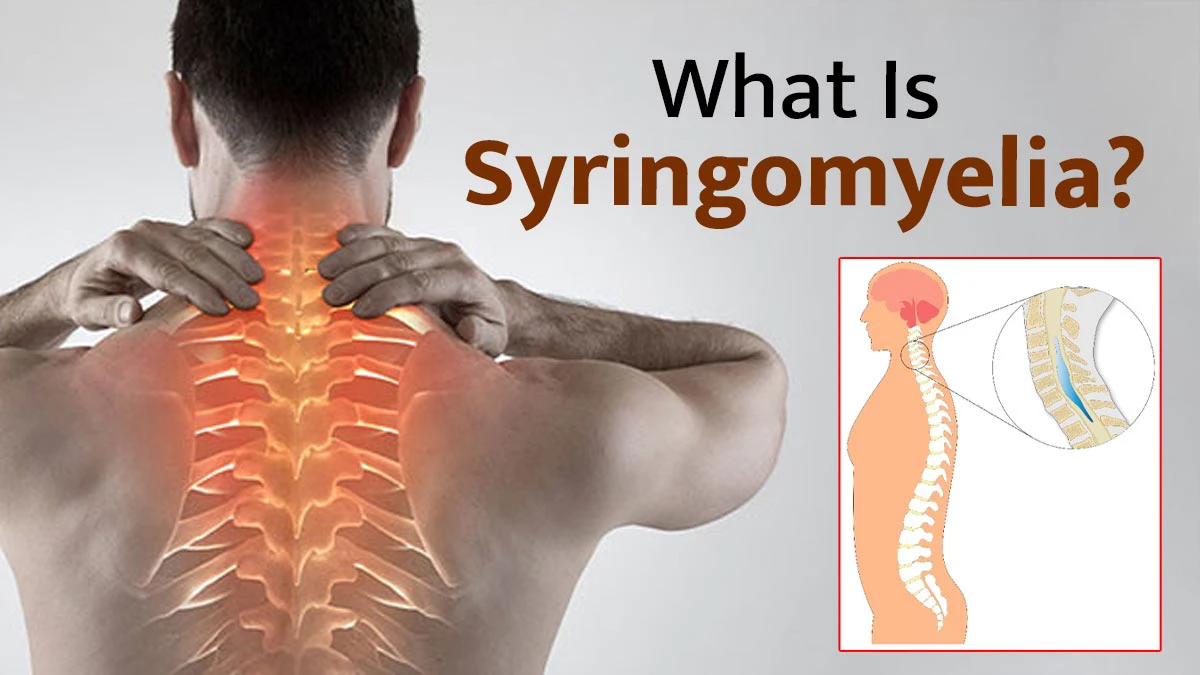Syringomyelia is a medical condition that can sound confusing, but it’s easier to understand with an example. Imagine your spinal cord as a thick cable that carries messages between your brain and the rest of your body.
Now, picture a small balloon or bubble forming inside that cable. This bubble is filled with fluid and slowly gets bigger, pressing on the nerves inside the spinal cord. That’s what happens in syringomyelia. It can cause pain, weakness, or numbness, especially in the arms and shoulders, and can make simple tasks much harder.
Understanding Syringomyelia and Its Causes
Dr Abhishek Mannem, Spine Surgeon and Medical Director, Bangalore Hospitals, Bangalore, explains, “Syringomyelia is a chronic disorder where a fluid-filled cyst, called a syrinx, forms within the spinal cord. Over time, this syrinx can get larger and damage the spinal cord from the inside out.” He adds, “The condition most often affects the cervical spine, which is the part of the spine in your neck. Syringomyelia is sometimes linked to other problems like Chiari malformation, spinal cord injuries, tumours, or infections like meningitis.”
Below is a simple version of the complex terms.
- Syrinx: This is the medical word for the fluid-filled cyst or bubble inside the spinal cord.
- Cervical spine: This means the neck region of your spine.
- Chiari malformation: A condition where part of the brain pushes down into the spinal canal, sometimes blocking the flow of fluid and leading to syringomyelia.
Dr Abhishek further explains, “Symptoms of syringomyelia often develop slowly. People might notice pain, muscle weakness, stiffness, or numbness. Sometimes, there’s a loss of sensitivity to pain and temperature, especially in a ‘cape-like’ pattern across the and arms.” This means that the loss of feeling can spread across the upper back and arms, like a cape draped over the shoulders.
What Are Spinal Cord Cysts and Their Effects?
According to the expert, spinal cord cysts, such as those seen in syringomyelia, put pressure on the nerves inside the . As the syrinx grows, it squeezes the nerve tissue, which can disrupt the normal flow of messages between the brain and body. This can cause problems with movement (motor dysfunction) and feeling (sensory dysfunction).
If syringomyelia is not treated, the pressure can lead to serious issues. Dr Abhishek warns, “Untreated syringomyelia can cause severe nerve damage, loss of muscle control, abnormal spine curves (scoliosis), or even problems with bladder and bowel control (incontinence).” Doctors use MRI scans to diagnose syringomyelia because MRI gives a clear picture of the spinal cord and any cysts inside it.
Treatment for Syringomyelia
The treatment depends on the cause and severity of symptoms. Below are a few treatment options.
- If the syrinx is small and not causing major problems, doctors may simply monitor it with regular MRI scans.
- If symptoms are getting worse or the cyst is growing, surgery might be needed.
- Surgical options include relieving pressure from a Chiari malformation, draining the cyst, or placing a shunt to remove excess fluid.
- Physical therapy can also help manage muscle weakness and stiffness. Early and proper treatment is important to prevent permanent nerve damage and improve quality of life.
Conclusion
Syringomyelia is a condition where a fluid-filled cyst forms inside the spinal cord, slowly damaging nerves and causing symptoms like pain, weakness, and numbness. It can be linked to other health problems and may lead to serious complications if not treated. Early diagnosis with MRI and the right treatment can help prevent lasting damage. If you notice unusual pain, numbness, or weakness, especially in your arms or shoulders, talk to your doctor for advice and testing.
